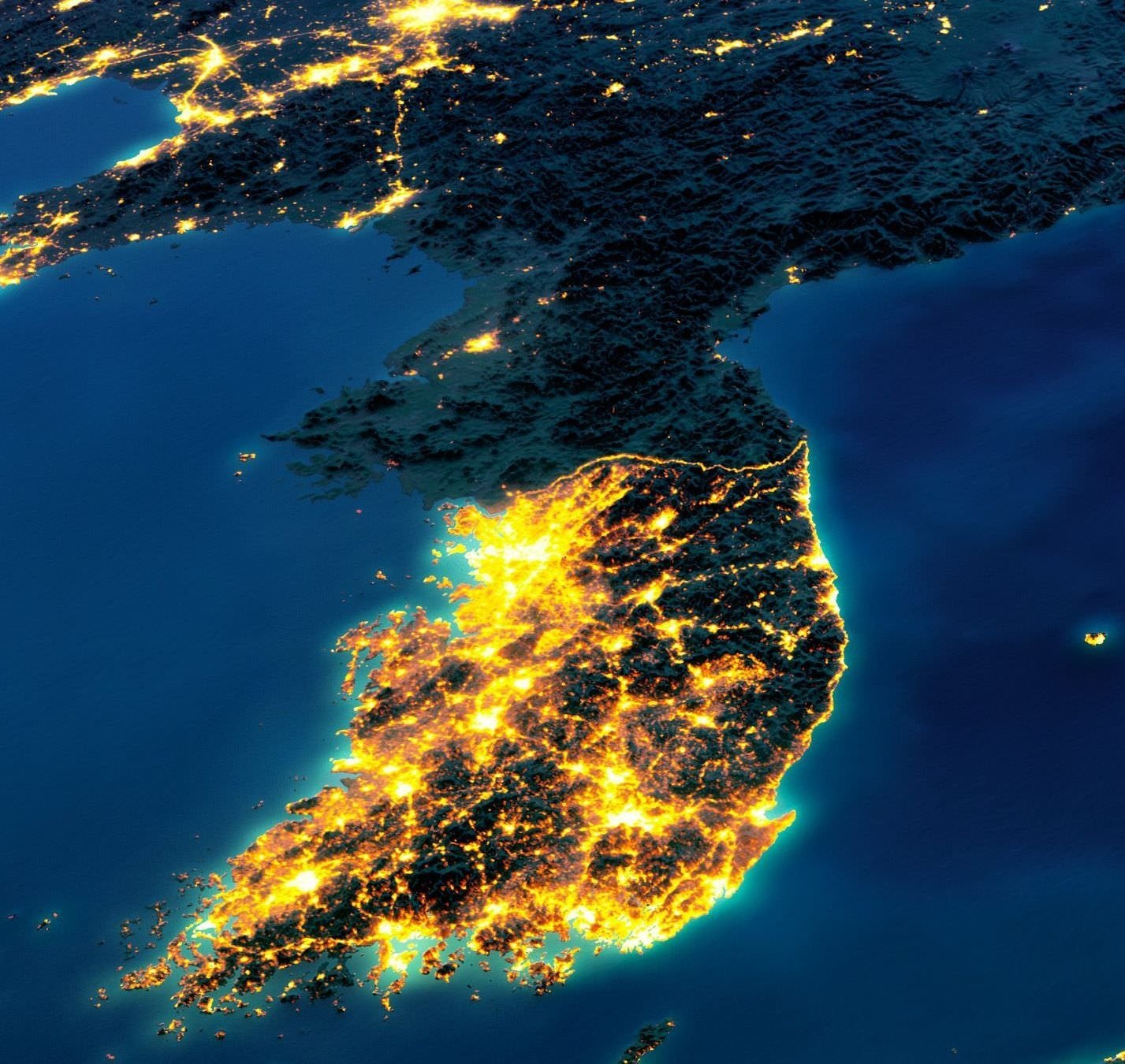Three Chinese detention centers known or suspected to hold North Korean escapees have undergone extensive renovation during the pandemic, according to NK Pro analysis of satellite imagery, raising the possibility that China is increasing its capacity to detain defectors ahead of their forced repatriation.
The expansion of the facilities comes as experts have expressed fears about a rise in defectors detained in China since 2020, when the DPRK closed its border to keep out COVID-19. The U.N. special rapporteur for North Korean human rights estimated last year that over 1,500 North Koreans are languishing in Chinese prisons.
NK Pro analysis reveals that one of the facilities that has undergone significant construction is the Helong Public Security Border Control Facility, which the Seoul-based Database Center for North Korean Human Rights (NKDB) has identified as one of China’s main detention centers for undocumented North Koreans.
High-resolution Google Earth satellite imagery shows that two new structures were erected on the main premises of the Helong facility during the summer of 2021, while the main building underwent renovation.
The facility also upgraded its main watch tower overlooking the border and the area around it, building new fencing, three new structures and what may be a smaller watch tower.
Helong Public Security Border Control Facility, Sept 2019:
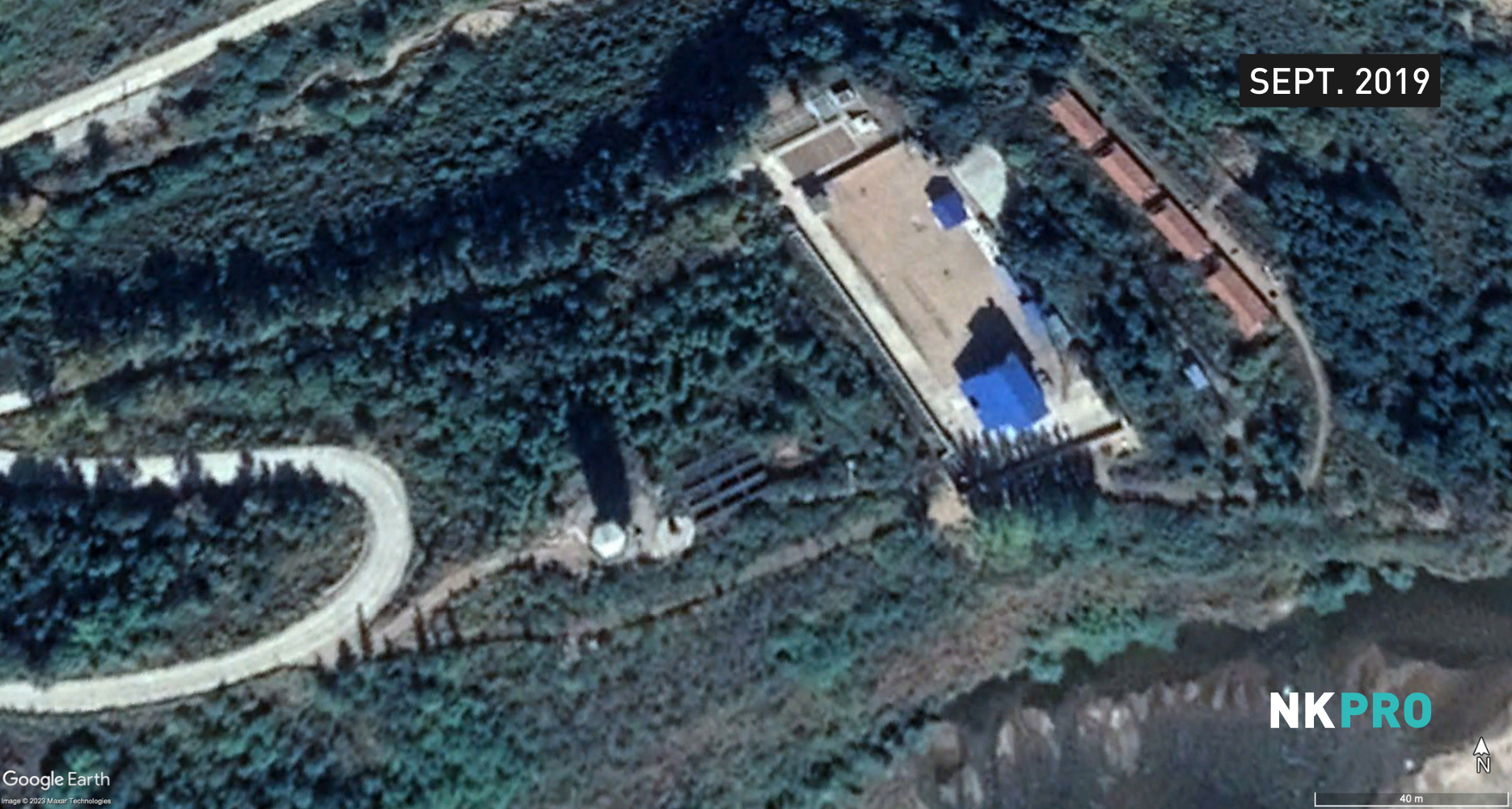
Helong Public Security Border Control Facility, Oct 2022:
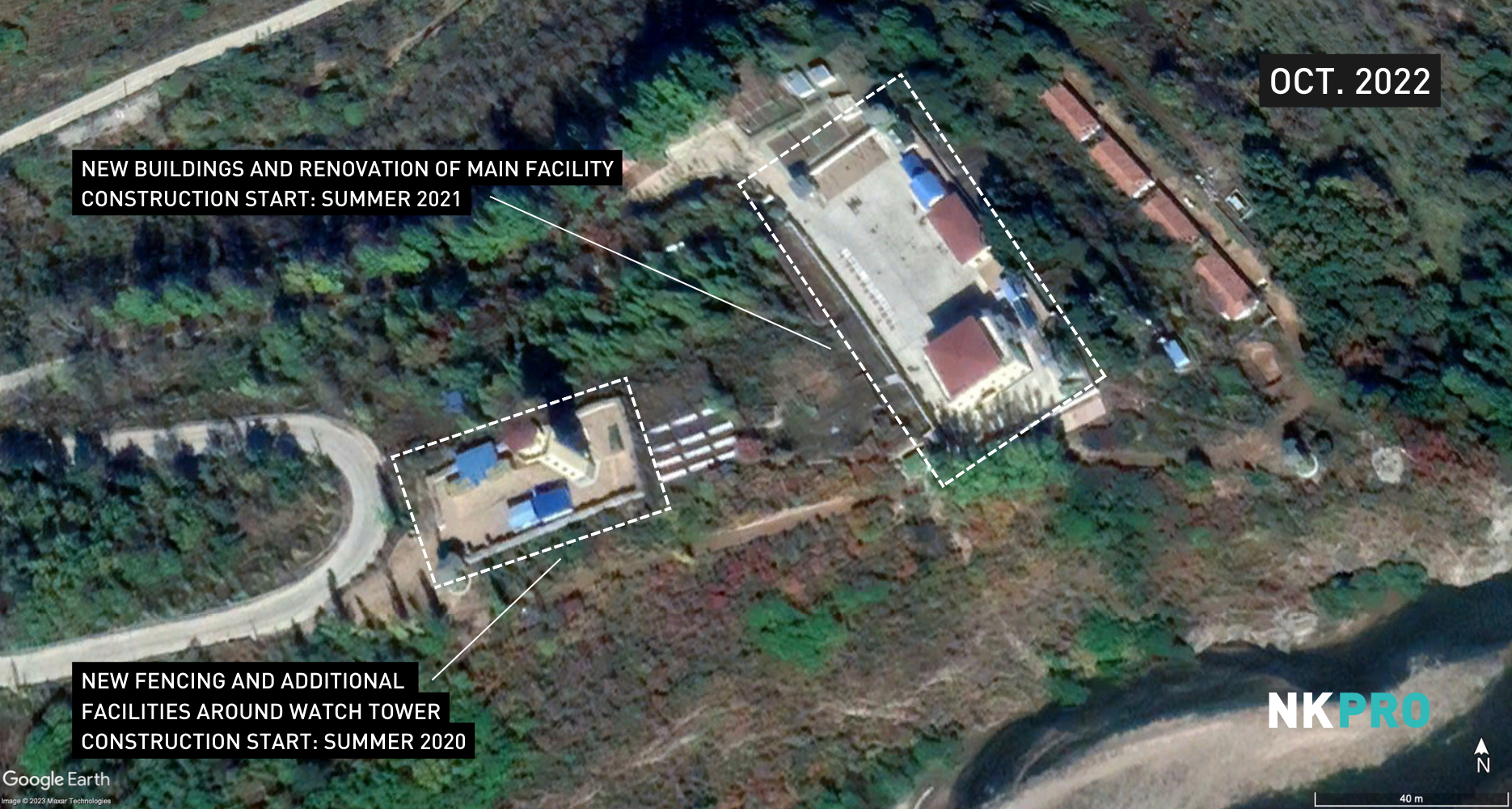
Hanna Song, a director at NKDB, told NK Pro that the construction raises “compelling questions” about what necessitated expanding “this particular detention center.”
“In the past, we had access to North Korean escapees who had managed to flee to safety, providing crucial insights into the human rights violations they encountered,” she said. “But the lack of direct access [to the facilities] hampers our ability to monitor conditions within these facilities.”
Ethan Hee-seok Shin of the Seoul-based Transitional Justice Working Group said China’s opacity makes it “difficult to judge” if the new construction is tied to DPRK refugees.
“However, these satellite images are worrying and the international community needs to call upon the Chinese government to reveal if these facilities are housing the North Korean detainees and also to disclose the full number of North Koreans currently detained and awaiting repatriation to North Korea,” he told NK Pro.
NKDB has recorded the testimonies of at least 27 North Koreans who were incarcerated at the Helong detention center ahead of their repatriation to a jail operated by the DPRK’s Ministry of State Security in Musan County.
“I was interrogated a lot,” one defector told NKDB. “[The border police] asked me, ‘Why are they trying to get you out? Is there any huge disadvantage if you go back to North Korea? Have you met any South Koreans [in China]?’ I was also asked about Christianity.”
Another defector detained at Helong said they were forced to strip naked for a full-body search and made to wear a prisoner’s uniform before their repatriation to North Korea.
Song of NKDB called foreign observers’ inability to access Chinese prisons like the one in Helong “deeply troubling, as it can lead to impunity, an increase in human rights violations and a lack of accountability.”
MORE PRISONS
In addition to the Helong facility, NK Pro has identified two other likely Chinese detention centers near the border that expanded in recent years, both in areas where authorities commonly arrest North Korean escapees.
The first facility is located in Hunchun, just five miles from the North Korean border.
Detention facility in Hunchun, China, just five miles from the DPRK border, Nov 2019:
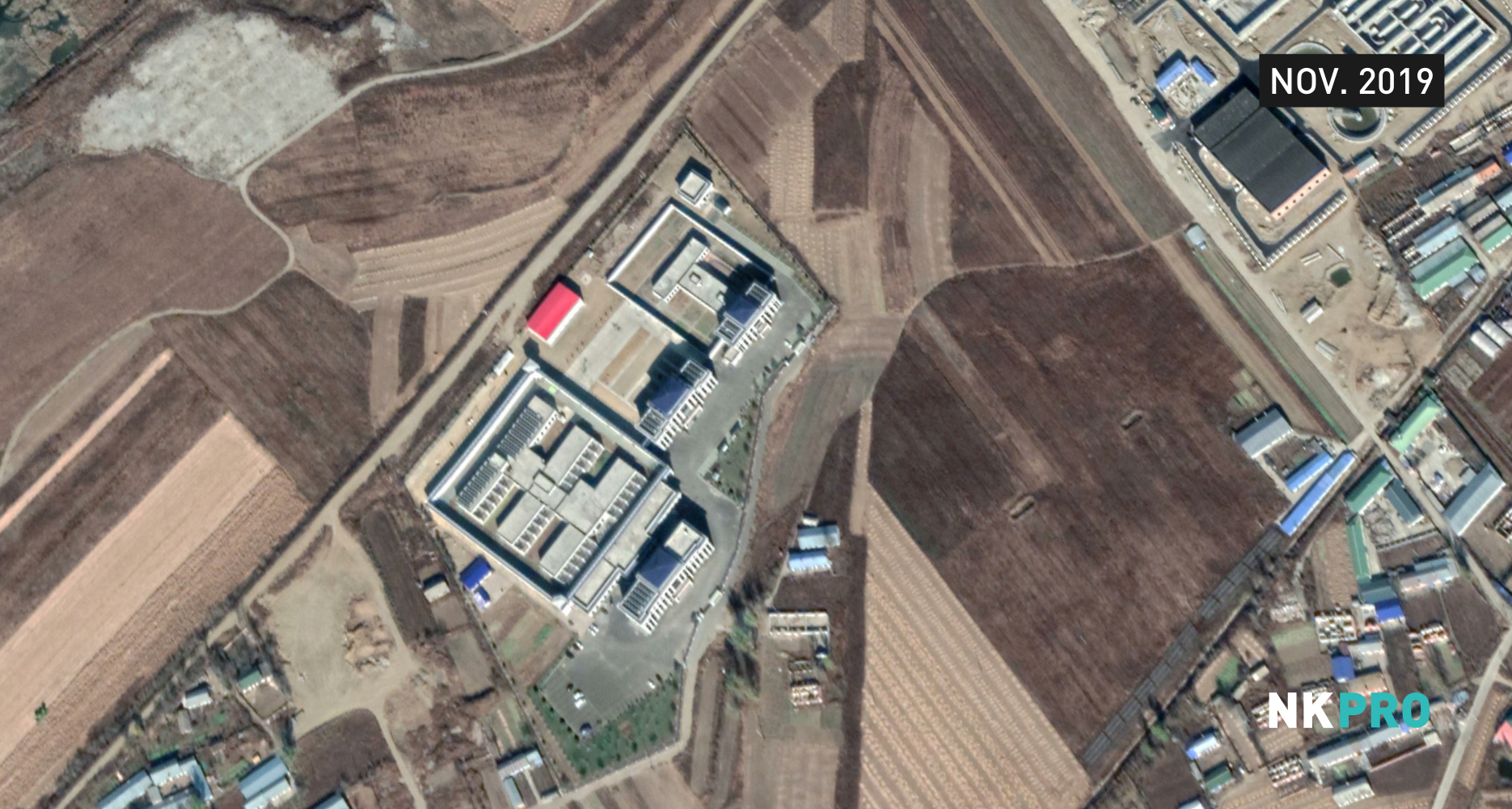
The same facility, April 2022:
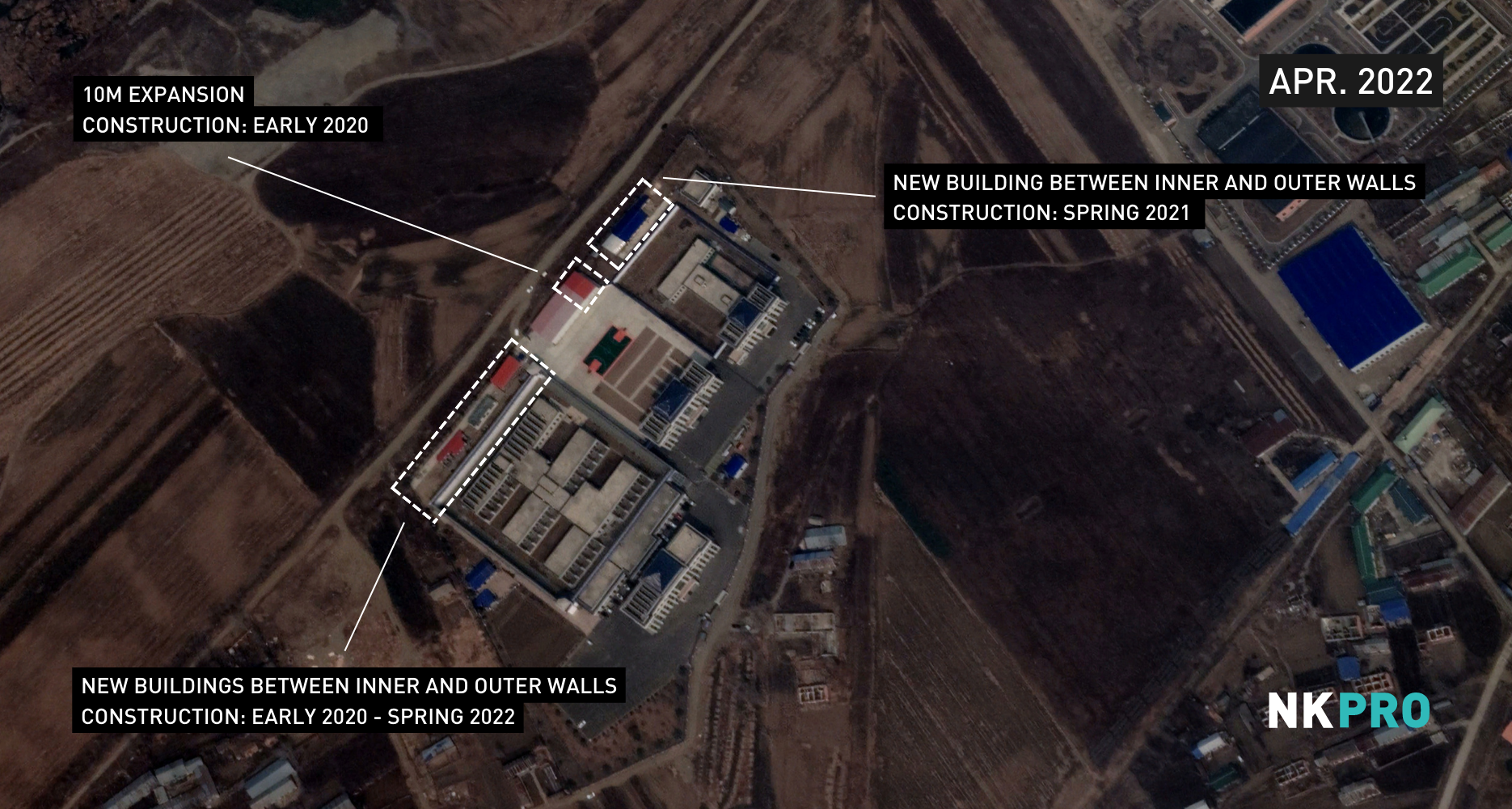
Three roughly 65-foot-long (20-meter) structures were built between the prison’s outer and inner walls between 2020 and 2020, satellite imagery shows, while an existing building was expanded by about 33 feet (10 meters).
Both NKDB and KoreaFuture have reported that China has held defectors at a facility called the Hunchun Border Detention Center. Neither organization has identified its precise location, but NK Pro was unable to locate any other prisons in Hunchun near the border, suggesting that the facility five miles from the border is the Hunchun Border Detention Center.
Anti-Slavery International, a London-based advocacy group, has also described Hunchun as one of the main areas where China detains North Koreans ahead of their forced repatriation.
The second facility that saw renovations is a large-scale detention center in Kuandian, some 20 miles (32 km) from the DPRK border.
NK Pro analysis of satellite imagery indicates that the facility built a nearly 200-foot-long (60-meter) prison cell block surrounded by a more than 900-foot-long (275-meter) wall in 2021. This came after the Dandong government announced that it had awarded a local construction company an assignment to build a nearly 28,000-square-foot (2,600-square-meter) detention facility in Kuandian County.
Detention facility in Kuandian, China, Dec 2020:
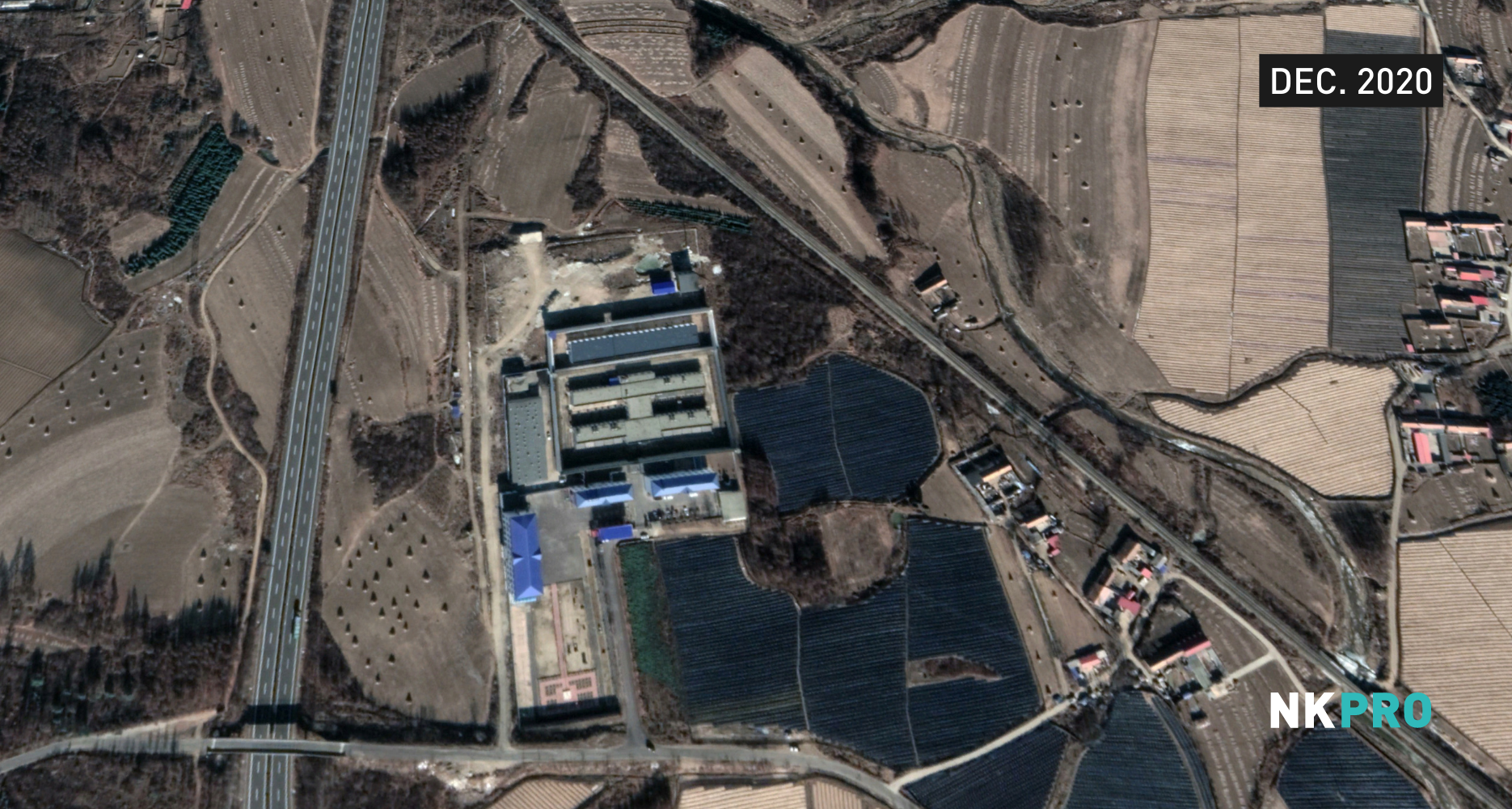
The same facility in Jan 2022:
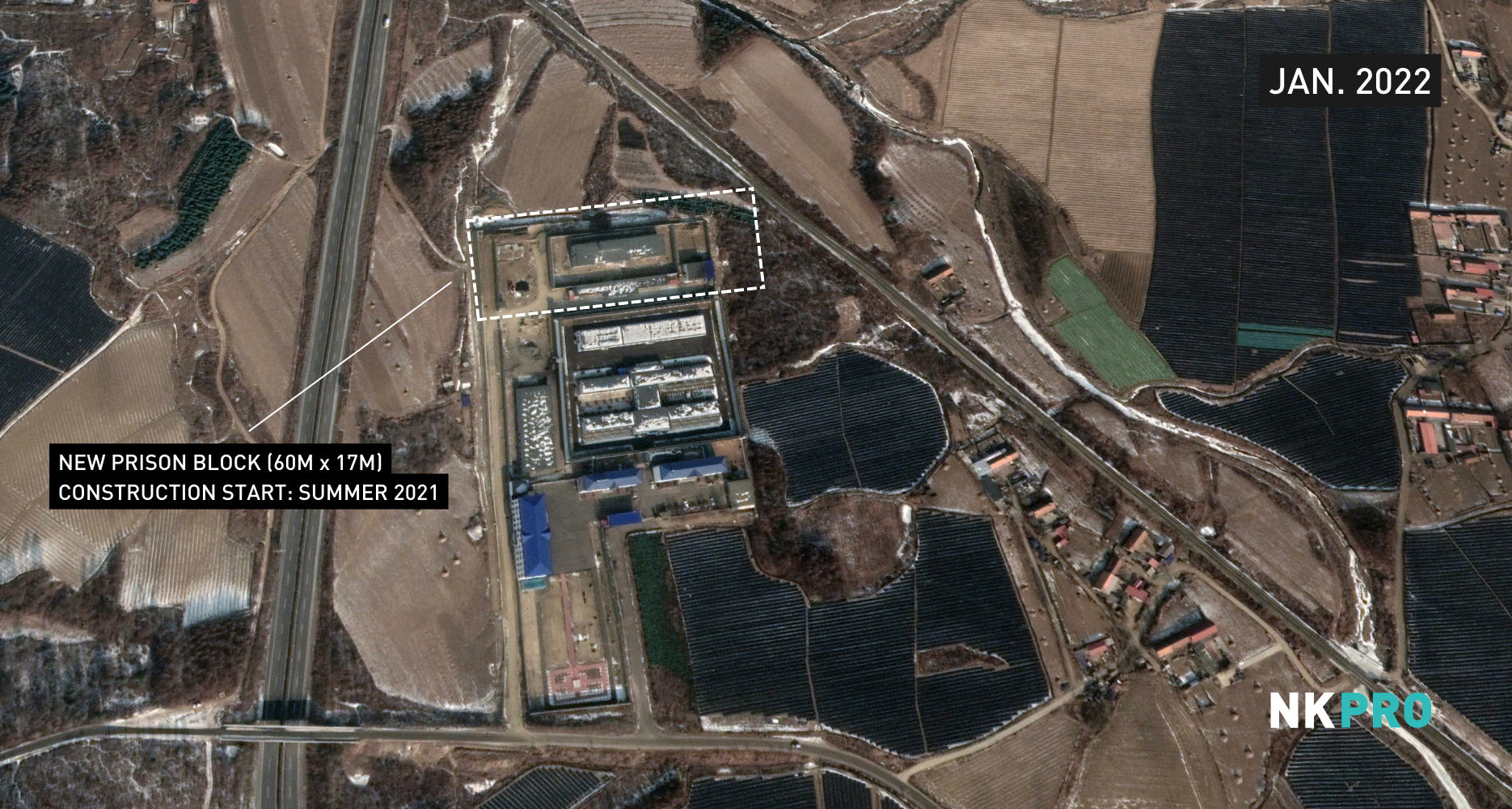
The Kuandian detention center is a general prison rather than a facility specifically for detaining undocumented immigrants, but Song of NKDB noted that Kuandian County is located east of the border city of Dandong, where many North Koreans are caught and detained.
AWAITING THEIR FATE
As rumors swirl that North Korea could soon reopen its borders, Song emphasized that defectors detained in China face a “horrifying fate” if forcibly repatriated.
“Arbitrary detention, torture, forced labor, and even execution are the grim realities they face,” she told NK Pro. “The fear they carry is not unfounded; it is well-documented and based on countless testimonies of those who have managed to escape the oppressive regime.”
Song is one of four experts who will testify before the U.S. Congressional-Executive Commission on China on Tuesday to urge Beijing to refrain from repatriating escapees, something it has long been known to do.
“We also call upon China to grant the International Committee of the Red Cross (ICRC) access to the detention facilities where North Korean refugees are held,” she said.
In a recent report, U.N. special envoy for DPRK human rights Elizabeth Salmon wrote that repatriated defectors are labeled “criminals” and almost certainly imprisoned. She added that North Korean women are “subjected to torture and ill-treatment, forced labor and gender-based violence, including sexual violence by state officials” while detained.
But when a member of the U.N. Committee on the Elimination of Discrimination against Women (CEDAW) recently confronted China about forced repatriations and related human rights violations, Chinese diplomats said the country does not keep data on the number of defectors in its detention centers.
At the committee session in Geneva last month, a Chinese official reiterated Beijing’s stance that North Korean defectors come to China for “economic reasons,” disqualifying them for protection. Another official added that North Koreans engaging in illegal activities “will be sent back to their country.”

